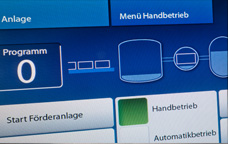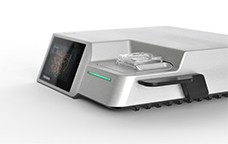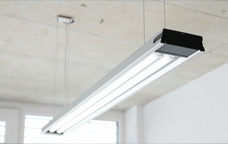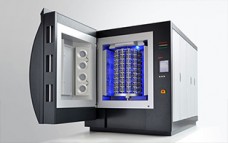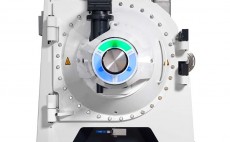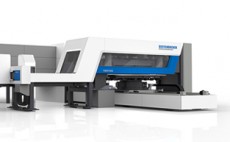


Ovivo NanoPULS
Modular processwater analysis in real-time
Semiconductor production requires maximum precision and the almost complete absence of particles in the air and process water. Water in particular is needed in large quantities for the numerous rinsing cycles - and in the purest form. This is because even the smallest particles with sizes of less than 10 nanometers can produce defects and thus render the valuable wafers unusable. To reduce the risk of faulty production, the process water is therefore constantly analyzed.
The new analysis system, called NanoPULS, had its world premiere at the "Ultrapure Micro 2023" conference in San Marcos, Texas, at the beginning of October.
Acoustic measurement method
Ovivo, a global provider of water treatment systems, has developed a new process that makes real-time analysis of ultrapure water even more precise. The method, which is based on ultrasound technology, is able to detect even the smallest impurities - and can even record the particles numerically. The process runs automatically and the measuring device can simply be coupled into the supply lines to be monitored. Critical particles are thus detected before they reach the production facilities.


Mobile, modular, compact
Whereas the analysis devices used to date were permanently integrated into the lines and only capable of detecting individual measuring channels, the new device is firstly designed to be mobile and secondly, thanks to its modular structure, can detect several lines in parallel and thus detect particles.
The modular concept consists of a computer unit called the transmitter unit, to which up to four of the slim sensor units can be connected. Each sensor unit is specialized in the detection of particles of certain size spectra, so-called channels, starting at 5 nanometres.
This separation of evaluation and sensor technology makes the system suitable for very different analysis scenarios and, at 13 kilograms per unit, it remains compact enough to be easy to handle on the move.
The challenge of mobility
Together with the manufacturer's experts, defortec developed a concept that solved several challenges at once. In addition to maximum shielding against interfering fields that could affect the accuracy of the measurements, it was also important to ensure that the housing was watertight, that heat was dissipated and that it was mobile. The latter was solved by the modular principle and integrated, ergonomically designed handles.
The requirement to combine cooling and impermeability was a challenging task. Instead of using ventilation openings, the transmitter's processor heat is dissipated passively via the solid base plate - even at high ambient temperatures of up to 40°C.
Interface Design by defortec
The slim, cubic devices face the user with dynamically tapering fronts. In the case of the sensor unit, it consists of a dark glass surface that is penetrated by the central sample connection. The transmitter front follows the identical design logic, but consists of an almost full-surface touchscreen that provides an exact overview of the ongoing analyses. The graphic user interface, including the icons, typographic details, displays and of course the structure, was specially developed by defortec and optimized for the resolution.

